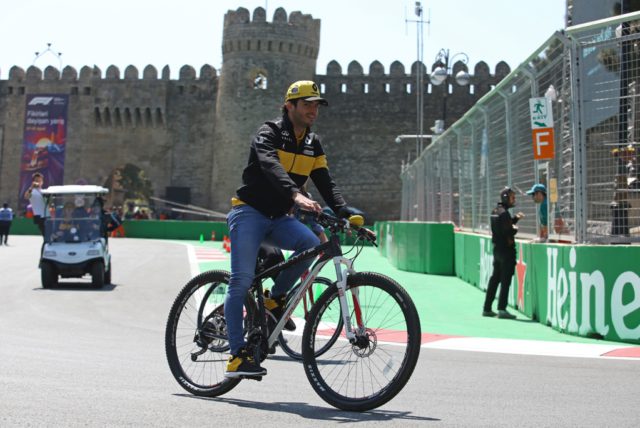Consistency has been the key to the team’s encouraging start to the 2018 season. As F1 heads to round four in the city of winds, the Baku Street circuit provides a unique challenge for team and driver as Renault Chassis Technical Director Nick Chester explains.
How challenging is the Azerbaijan Grand Prix?
It’s an interesting track and one of the newer Grand Prix on the calendar. It has a really good street section, particularly through the old town, where it’s really twisty with the potential for misery with the walls to catch the unwary. That provides a really good challenge for both car and driver. Then there’s a few medium to fast speed corners on the open part of the track and that very long straight.
The straight actually makes it a bit of a challenge, as we can’t run the downforce we’d like for the middle section and we have to take a lot off for the long straight, which is a compromise. You have a challenge to get the tyres working properly in the correct window, as you can’t run the downforce you want so it’s about striking that balance. You need the lap time as well as a competitive top speed which can be a trade-off.
 Is it tricky to negotiate the infamous Baku winds?
Is it tricky to negotiate the infamous Baku winds?
Wind makes a massive difference as the cars are generally quite yaw sensitive. The aerodynamic structures are designed to work in a fairly small yaw angle range. When you get a side wind, with the accompanying increase in aerodynamic yaw angle, the flow structures tend to break down, losing downforce as a consequence. A tailwind can be tough as well to manage as again you lose downforce with less total air pressure meeting the car. We’ll be adjusting set-up throughout the weekend to cope with wind and track temperature.
Definitely the better way to do a “trackwalk”. ?#RSspirit #AzerbaijanGP https://t.co/k94GMUEkgO
— Renault Sport F1 (@RenaultSportF1) April 26, 2018

































